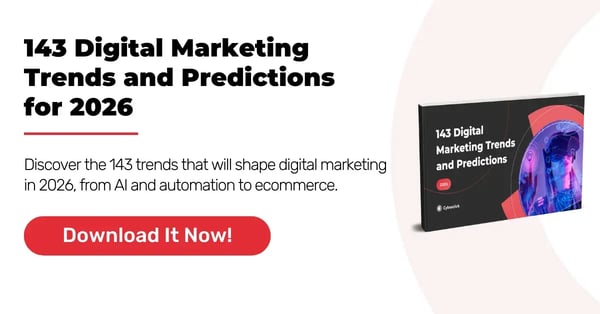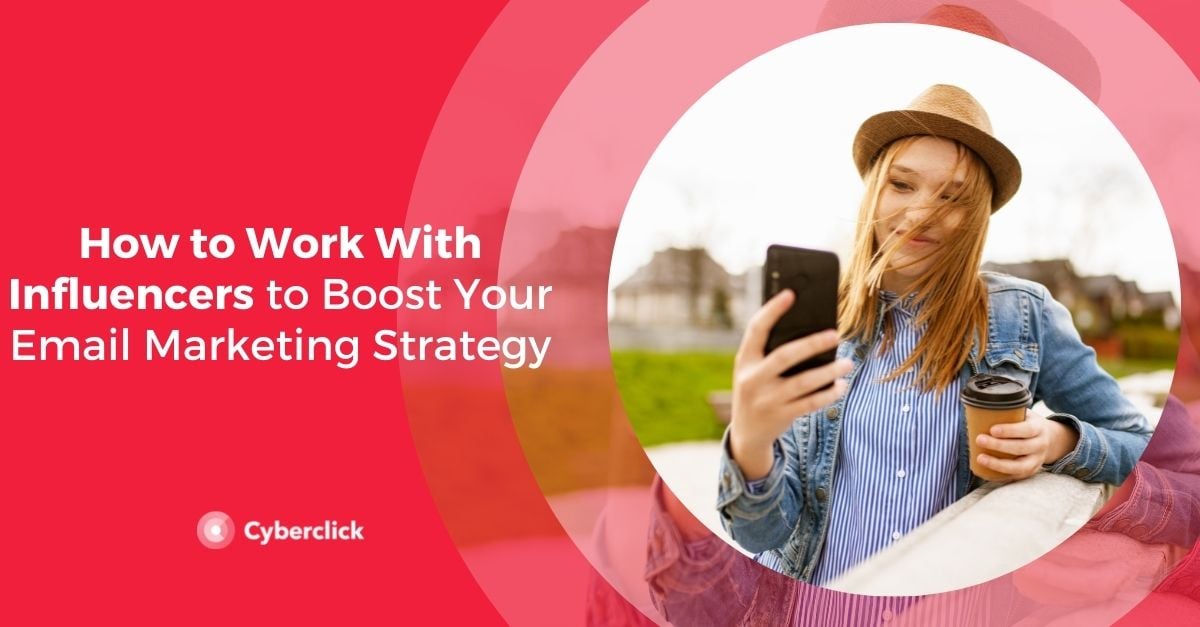Disruptive marketing is a strategy that aims to break away from the norm and go beyond traditional frameworks by introducing new and creative approaches that capture the target audience's attention.
While traditional marketing tends to follow predictable patterns, disruptive marketing can help you set your brand apart from the competition. At times, this type of marketing involves greater risks, but it can also yield a much higher return on investment. To achieve this, it’s essential to have a deep understanding of your target audience.
If you want to give your marketing strategy a fresh twist and believe your brand needs to step outside the box to truly impact your audience, stick with us. Here, you'll learn everything you need to know to implement disruptive marketing successfully.

How Does Disruptive Marketing Work?
Innovative, unexpected, and eye-catching. These are the three best adjectives to describe disruptive marketing. As you might guess, achieving this requires an extensive brainstorming process backed by:
-
A thorough analysis of the context and everything happening around the brand’s theme
-
Unique insights and details that are not immediately obvious
-
A solid creative process
-
Research for inspiration and competitor analysis to ensure originality
-
Effective storytelling
-
The marketing team’s intuition about what the target audience thinks and feels
The use of new technologies, original narratives, and collaborations with unexpected partners are staples of disruptive marketing, as these elements provide the greatest opportunities for innovation.
For a disruptive marketing campaign to be considered successful, it must be more than just creative and engaging—it has to deliver measurable results. That being said, these results may not be immediate. While disruptive marketing often generates a quick and explosive impact, this isn’t always the case. That doesn’t mean the campaign is a failure. Persistence and continuous effort are also key characteristics of this marketing approach.
Current Trends in Disruptive Marketing
As its name suggests, disruptive marketing is in a constant state of innovation, meaning trends in this field evolve frequently. Here are some of the most exciting current trends to help you create better strategies:
Artificial Intelligence (AI)
Companies are using AI to analyze vast amounts of data with high precision, allowing them to create a much more accurate profile of their ideal customer. Additionally, with predictive AI, brands can anticipate audience needs before they even arise—an ideal scenario for disruptive marketing.
What’s even more interesting, however, is that AI makes disruptive marketing accessible to small and medium-sized businesses. Many AI-driven tools are affordable, allowing companies to produce video, text, and image content more efficiently, democratizing content creation.
Phygital Experiences
These experiences blend physical and digital elements and are currently a hot trend in disruptive marketing. They combine the best of both worlds, creating more meaningful connections with audiences and creating smoother, more immersive interactions. Augmented reality campaigns are a prime example of how disruptive marketing leverages this trend.
Culture Comes First
This concept is gaining traction in disruptive marketing and is based on aligning a company’s culture and values with those of its target audience. By doing so, brands achieve greater campaign effectiveness and stronger connections with consumers. Marketing strategies in this category emphasize respect for audience culture. A prime example is Nike’s “What will they say about you” campaign, in which the brand debuted its new performance hijab for female Muslim athletes.
Examples of Disruptive Marketing
Heinz’s Ketchup Phone Case Campaign
In North America, Heinz has mastered the art of playful and attention-grabbing marketing. A perfect example of their disruptive approach is their Ketchup Phone Case campaign. Heinz, known for its rich and thick ketchup, noticed that many people often eat while using their phones, leading to countless accidental ketchup spills on their phones.
To address this (in a humorous way), Heinz created a limited-edition phone case inspired by Rhode’s lip gloss case, designed to protect phones from ketchup spills. The campaign quickly gained traction, going viral across social media platforms like Instagram and TikTok. By tapping into a relatable yet lighthearted problem, Heinz both promoted their product and engaged their audience in a way that felt fresh, spontaneous, and highly shareable.
This is a great example of how disruptive marketing doesn’t always require a massive budget. Sometimes, a simple, creative idea is enough to make waves.
Dollar Shave Club
Dollar Shave Club razor brand managed to rack up millions of views on YouTube with its famous ad, thanks to humor and a unique value proposition. Like Heinz’s campaign, humor played a key role in it becoming viral, helping the brand stand out and connect with audiences in a memorable way. Many companies take a formal marketing approach, but in industries where breaking the rules is possible, humor can be a game-changer.
Spotify Wrapped
A prime example of annual disruptive marketing is Spotify Wrapped. Each year, Spotify compiles users' listening habits and presents them in a personalized, visually engaging format. What makes it disruptive?
Spotify Wrapped turns data—something typically dry and impersonal—into a highly shareable experience. Users love posting their Wrapped summaries on social media, effectively turning Spotify’s campaign into a viral sensation without the company needing to push ads aggressively. This approach successfully blends personalization, social sharing, and FOMO (fear of missing out) to create a marketing event that people look forward to each year.
The Takeaway
Disruptive marketing is all about breaking the mold, embracing risk, and thinking outside the box. While it often leads to explosive, short-term impact, success in this approach isn’t always immediate. The key lies in persistence, creativity, and a deep understanding of the audience.
Whether through unexpected humor, technology-driven personalization, or immersive experiences, the brands that dare to disrupt the norm are the ones that stand out. And as seen with Nike, Heinz, Dollar Shave Club, and Spotify Wrapped, sometimes all it takes is a clever, well-executed idea to change the game.
Licenciada en Publicidad y Relaciones Públicas por la UAB. Digital Marketing Strategist en Cyberclick.
Degree in Advertising and Public Relations from the UAB. Digital Marketing Strategist at Cyberclick.






Leave your comment and join the conversation